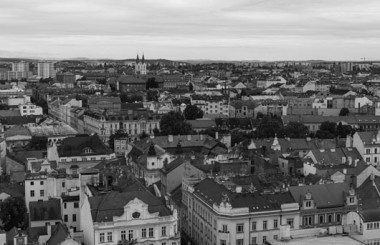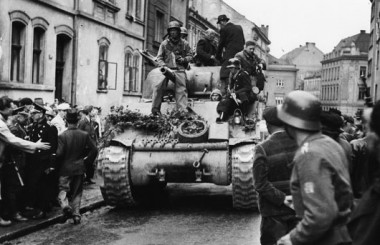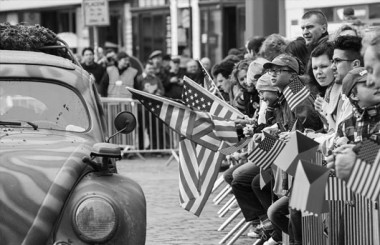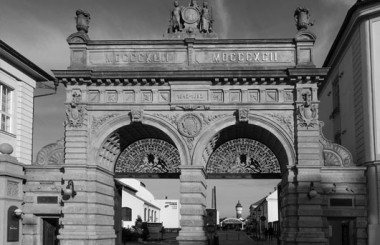About Pilsen Region

The Pilsen Region

Modern History
Photo credit: Liberation of Pilsen, 1945 | US ARMY PHOTO
Pilsen was liberated on 6 May 1945 by the U.S. 16th Armored Division (along with the 2nd and 97th Infantry) under the George S. Patton-led Third Army.

Pilsen Liberation Festival
The people of Pilsen never forgot the American heroes, who liberated them from the Nazi occupation, albeit the Communists supressed much historical information during their rule. Since 1990, the Pilsen Liberation Festival is held annually in May to commemorate the liberation of the Czech Republic’s fourth-largest city by the US Army. The festival offers a vibrant, multi-day program, which includes a convoy of historical military vehicles, period military camps, and commemorative gatherings at WWII memorials. The festivities attract thousands, including families, historical fans, and even US veterans, who make the journey back to Europe to remember the events and the joyful atmosphere marking the end of war. This year marked the 80th anniversary of the liberation!
Photo courtesy of the City of Pilsen, Pilsen Liberation Festival

Pilsner Urquell
www.mzv.cz/washington